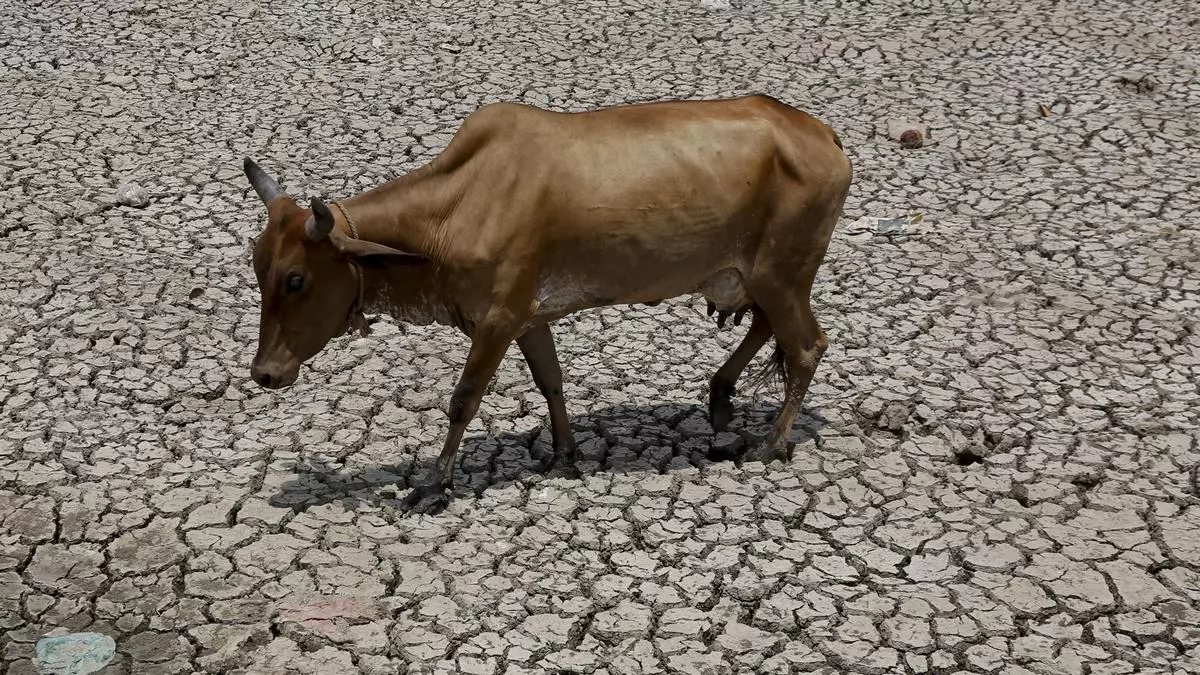Storage in major reservoirs drops for 29th week in a row, plunges to 30% of capacity
The water level in the 150 major Indian reservoirs dropped to 30 per cent of the capacity with the decline continuing for the 29th week in a row, data from the Central Water Commission (CWC) showed.
At least seven reservoirs – six of them in the southern region – have gone dry while the water level in a few more is precarious. According to CWC’s weekly bulletin on live storage status of 150 reservoirs, the level in the major 150 reservoirs was 53.358 billion cubic metres (BCM) of the total 178.784 BCM capacity.
The storage level in Indian reservoirs has dropped below the 10-year average in view of at least 50 per cent of the regions in the country receiving deficient rainfall since the start of 2024. During the same time a year ago, the reservoirs’ level was 82 per cent of the capacity and the last 10 years average was 96 per cent.
El Nino impact
India has been experiencing deficient rainfall since September 2023 after El Nino, which results in drought and prolonged dry periods in Asia, emerged in June that year. According to the World Meteorological Organization, an arm of the United Nations, for the second consecutive year in 2023 certain regions in south-west India, the Ganges catchment, and the lower course of the Brahmaputra received less-than-normal precipitation.
According to the National Centers for Environmental Information (NCEI), a part of US National Oceanic and Atmospheric Administration, drought conditions worsened in March with over one-fourth of the country being affected by deficient rains.
India Meteorological Department (IMD) data showed that 47 per cent of the 710 districts – from where information was available – received no, deficient or scanty rainfall.
CWC data showed that the storage in 132 reservoirs was below 50 per cent of the capacity — below 40 per cent in 105 — with the situation in Andhra Pradesh and Bihar being worrisome. Water level in Andhra Pradesh is 7 per cent of the capacity, while in Bihar it is 3 per cent.
Concerns over kharif, zaid
The storage situation raises concern over timely kharif sowing as also irrigation for the current zaid (summer) crop in the southern region. Besides lower water level, there are concerns over poor soil moisture though pre-summer rains may help to overcome current worries.
According to the bulletin, the storage in the southern regions’ 42 reservoirs is 17 per cent of the 53.334 BCM capacity at 8.865 BCM. Of these, the level in 36 is below 40 per cent of the capacity. Apart from Andhra, the storage is poor in Tamil Nadu (43 per cent below normal) and Karnataka (-22 per cent).
Of the 10 reservoirs in the northern region, the level was 32 per cent of the 19.663 BCM capacity at 6.263 BCM. Barring one, the storage in the rest is below 50 per cent of the capacity. In Punjab, the level is 14 per cent below normal and in Rajasthan three per cent lower than usual.
In the eastern region, the storage in the 23 reservoirs was 39 per cent of the 20.430 BCM capacity at 7.889 BCM. Apart from Bihar, where the level was 90 per cent below normal, it was 26 per cent lower than usual in West Bengal.
Fresh showers for north-west
The 49 reservoirs in the western region had a storage of 31.7 per cent or 11.771 BCM of the 37.130 BCM capacity. Maharashtra’s water level was 14 per cent below normal. In the central region, the level was 39 per cent of the 48.227 BCM capacity in the 26 reservoirs at 18.570 BCM. Barring one, the storage in the rest was below 50 per cent of the capacity.
The IMD has forecast a fresh spell of rain in the north-west region, which could help improve the situation over the next three days.
